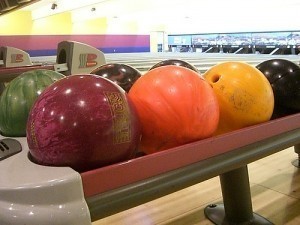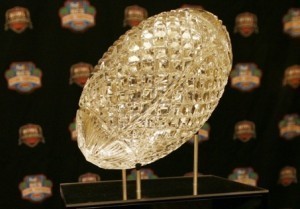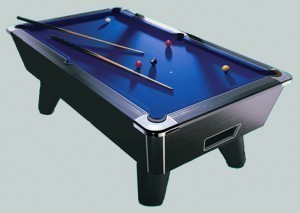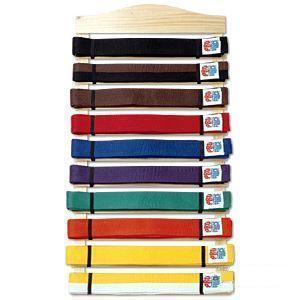How Heavy are Bowling Balls?
The sport of bowling actually comes in different varieties, each using their own balls that come in various sizes and specifications. As to how heavy are bowling balls, it depends on the variant, but they can range in size from 6 to 16 pounds. This is the maximum weight limit that is allowed in tournament and league games, although there are balls available that weigh up to 20 pounds.
The ten-pin bowling ball is used for the most commonly played variety of competitive bowling. It is characterized by the 3 finger holes (although up to 5 holes are actually allowed) drilled into it, a hole each for the ring finger, middle finger and the thumb. According to the regulations of the USBC (United States Bowling Congress) and the FIQ (Federation Internationale des Quilleurs), a ten-pin bowling ball must not weigh more than 7.2 kilograms (16 pounds). In addition, the ball must not have any metallic components in it, and its maximum circumference must be (68.6 centimeters (27 inches), resulting in a maximum diameter of 21.8 centimeters (8.59 inches).
The lightest weight for a ten-pin bowling ball is 2.7 kilograms (6 pounds), which is generally used by women and children. Adult league games commonly employ balls weighing between 5.4 and 7.3 kilograms (12 and 16 pounds). Even though regulation ten-pin balls have different weights, their physical dimensions remain constant. Hence, lighter ten-pin balls are less dense than the heavier ones, and those that weigh below around 11 pounds would float if they were placed in water.
Five-pin bowling is a variant of the game that is only played in Canada. Unlike in ten-pin bowling, five-pin bowling balls do not have any finger holes and are much smaller in order for the bowler to hold the ball by the palm of his hand. They range in diameter from 12.1 to 12.7 centimeters (4.75 to 5 inches) and weigh between 1.47 to 1.64 kilograms (3.50 to 3.625 pounds).
Candlepin bowling is a bowling variant that is played mainly in Ontario, Quebec and the Canadian Maritime provinces, as well as in the New England states of Massachusetts, Maine and New Hampshire. A regulation candlepin bowling ball has a maximum diameter of 11.43 centimeters (4 1/2 inches) and its maximum weight is 1.105 kilograms (2 pounds 7 ounces). Compared to the weight of one candlepin, at 1.134 kilograms (2 pounds 8 ounces), there is only a very small difference in weight between the ball and the pin, which actually makes the game of candlepin bowling challenging.
Duckpin bowling is a variant of ten-pin bowling, but one difference is that its balls, like those in five-pin and candlepin bowling, also do not have finger holes. Duckpin bowling balls are also much smaller than those in ten-pin bowling, though they are still slightly bigger and heavier than candlepin balls. With a maximum diameter of 12.7 centimeters (5 inches), a duckpin ball weighs between 1 to 2 kilograms (2 to 4 pounds).





